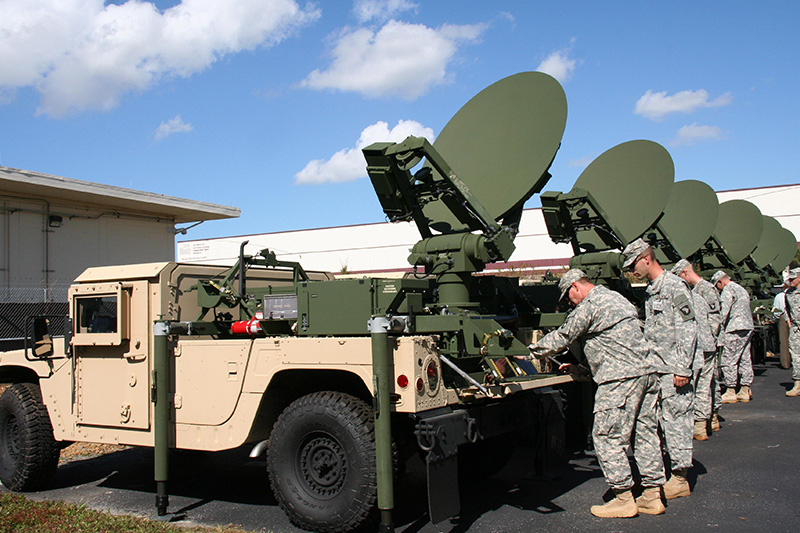This post is also available in:
 עברית (Hebrew)
עברית (Hebrew)
Dozens of autonomous trucks will likely be deployed by the U.S. Army by next year. These high-tech vehicles are believed to provide an advantage in ground warfare by freeing drivers for other tasks, such as providing security for the robotic trucks themselves.
“It takes three soldiers to support and resupply every soldier that’s in a fighting role,” Paul Rogers, director of the Tank Army Research Development Engineering Center (TARDEC), told trucks.com. “Anything we can do to help lessen that is an efficiency gain.”
The original plan was to deploy 300 autonomous trucks by 2025. In order to speed-up the program, the Army pared its original list of 45 requirements for autonomous vehicles to 15 must-haves.
Some of the most important requirements are advanced safety system technologies, including automatic emergency braking, adaptive cruise control and lane centering.
TARDEC worked with industry and research partners including Carnegie Mellon University to develop autonomous software for the trucks, which come from multiple manufacturers.
Interestingly, the U.S. military is advancing its autonomous vehicle development at the same time the commercial trucking industry is implementing similar technologies.
Commercial truck firms are pushing digital communications and automatic emergency braking, for the purpose of reducing wind drag and improving fuel efficiency.
The Army, in contrast, will also get some fuel savings, but it is focused on creating advantages in warfare, such as being able to operate autonomously in mud bogs and deserts, according to said Robert Sadowski, the Army’s chief roboticist.
While the trucks are autonomous, “we program hundreds of routes that keep the human in the mix,” said Bernard Theisen, a robotics program manager at TARDEC.
Making sure the system is safe for soldiers and resists computer hacking are ongoing challenges. “We’re trying to bake our cybersecurity in as we develop,” Sadowski said. “No platform is 100 percent secure if you have physical access to it.”


























